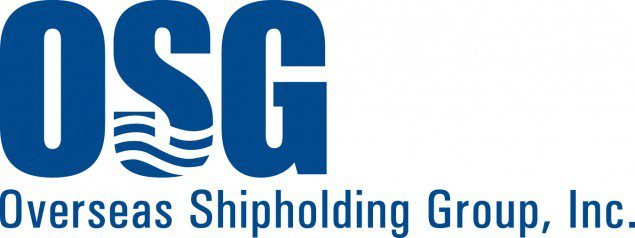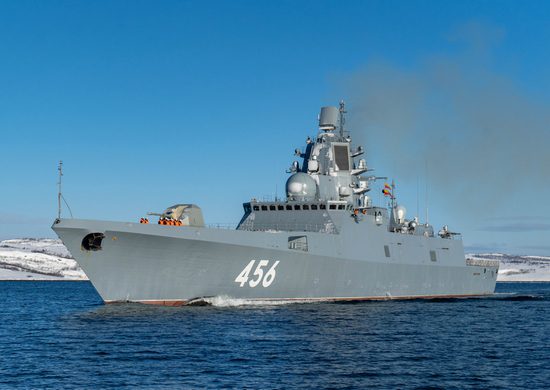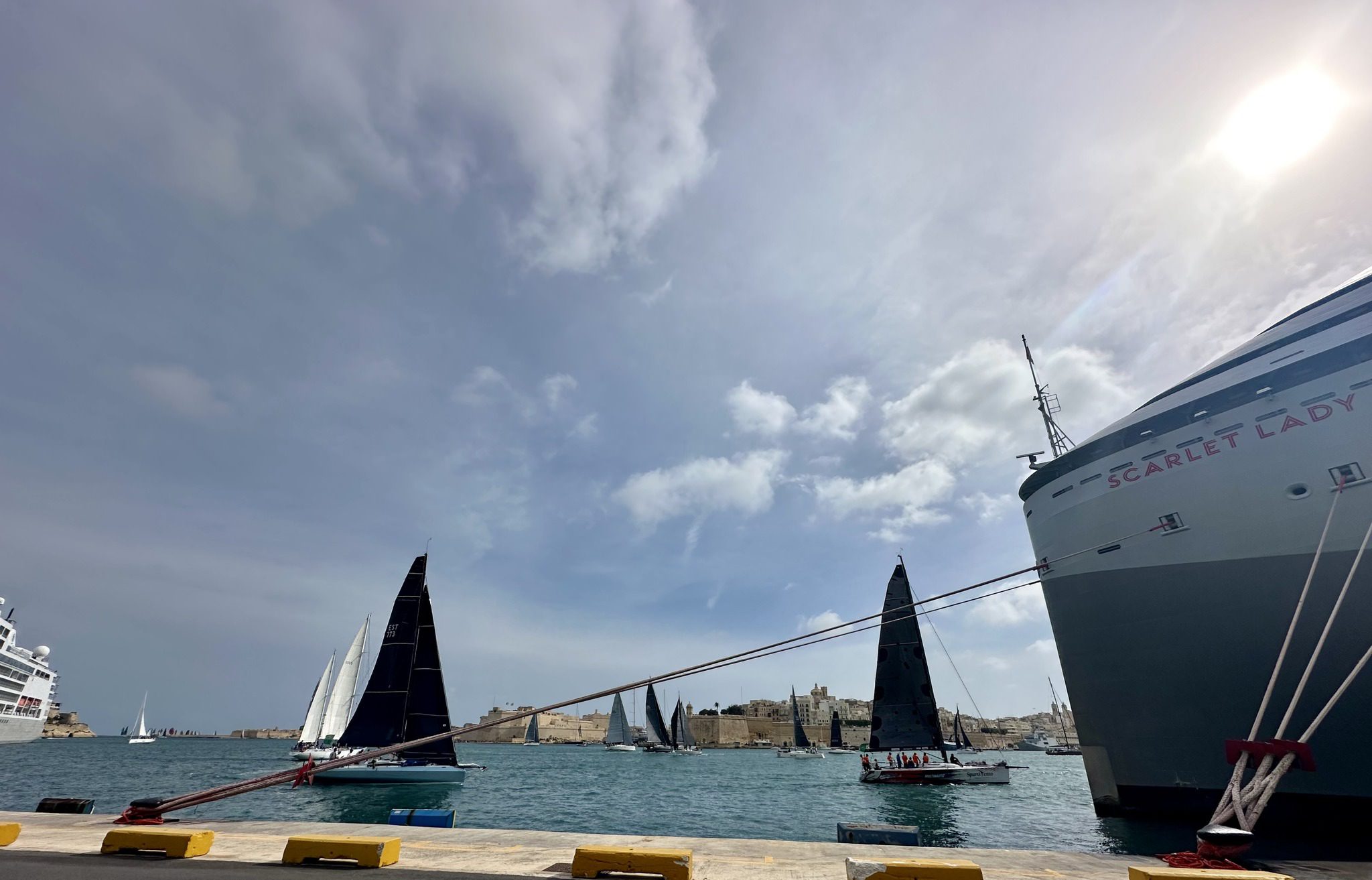(Bloomberg) — Overseas Shipholding Group Inc., the largest U.S. tanker operator, filed for bankruptcy protection after global shipping rates fell and the company gave up trying to win a federal loan guarantee.
The New-York-based company today listed assets of $4.15 billion and debt of $2.67 billion in a Chapter 11 filing in U.S. Bankruptcy Court in Wilmington, Delaware. The company owns or operates 111 vessels that transport oil, refined products and natural gas worldwide.
“We will use the Chapter 11 process to definitively resolve our financial issues,” Chief Executive Officer Morten Arntzen said in a statement. “An orderly restructuring in Chapter 11 will provide stability both to OSG and to the entire shipping industry.”
Overseas Shipholding in February withdrew an application for a $241.8 million loan guarantee to help pay for two tankers built at U.S. shipyards after Bloomberg News reported that OSG ships were calling at Iran’s largest oil terminal and U.S. House Majority Leader Eric Cantor asked the Transportation Department to reject the application.
Credit Markets
Since then, the company has been shut out of the credit markets, in part because it announced in an Oct. 22 regulatory report that investors could not rely its financial statements for the last three years, it said in court papers. It blamed the bankruptcy on the drop in shipping rates, a slowdown in demand for oil and increased competition.
In response to tightening U.S. sanctions, shipping companies including Overseas and Frontline Ltd. stopped loading cargo from Iran. Previous efforts to curb Iran’s oil income and stop it from developing nuclear weapons were hampered by the structure of the shipping industry, because vessels are often managed by companies outside the U.S. or European Union.
An EU embargo on Iranian oil agreed to Jan. 23 placed a ban on ship insurance. With about 95 percent of the tanker fleet insured under European law, fewer vessels can load in Iran.
Operating Cash
Overseas said it has more than enough cash for operations during the bankruptcy case and won’t need so-called debtor-in- possession financing. John Ray, CEO of Greylock Partners, will serve as chief reorganization officer, the company said.
Overseas Shipholding reported 13 straight quarters of net losses as tanker rates plunged as much as 96 percent, according to data compiled by Bloomberg.
Weaker oil demand in the U.S. and Europe caused by the economic slowdown and warmer winters led to a reduction in ships crossing the Atlantic, where Overseas Shipholding’s fleet is concentrated, the company said in a report on its quarter ended June 30. In addition, an influx of carriers from Asia boosted competition, the company said.
The price to hire an international crude tanker dropped to $14,900 a day from $28,000, Overseas Vice President Robert Johnston said in a court affidavit filed today in the bankruptcy case.
Workers, Offices
Overseas Shipholding has about 3,600 employees, including 3,170 seafarers, and offices in cities including Athens, London, Singapore and Tampa, Florida, according to its website. It was formed in 1969 with the merger of five companies and went public with an initial offering in 1970, according to court records.
The company has the largest fleet of tankers operating under the federal Jones Act, which regulates shipping among U.S. ports. It has an exclusive permit for transferring oil from large ships to smaller vessels in Delaware Bay. It operates the only two U.S. flag shuttle tankers in the Gulf of Mexico.
Moody’s Investors Service reduced its rating on the company’s bonds in August, citing lower shipping rates, excess tanker capacity and questions about Overseas Shipholding’s raising money in time to meet loan covenants, even though many of its ships weren’t yet pledged as collateral.
Analysts’ Report
“Moody’s does not expect average annual tanker freight rates to meaningfully strengthen above their 2011 levels before well into 2013,” analysts led by Jonathan Root in New York wrote in an Aug. 2 report. Ship sales to raise money were unlikely because market values for oil tankers “remain in the doldrums,” Root wrote.
Overseas Shipholding warned investors in the Oct. 22 regulatory filing that they couldn’t rely on its financial statements for the three years leading to Dec. 31, 2011. The warning was prompted by a review of its accounting for taxes given its U.S. base and international operations.
Overseas Shipholding, which traded as high as $91.49 in 2007, fell 90 percent this year to close yesterday at $1.13. Investors include Oslo Asset Management ASA, Foundation Resource Management Inc., Vanguard Group Inc., Franklin Advisory Services LLC and Dimensional Fund Advisors LP, according to the bankruptcy petition.
Rate Decline
A decline in shipping rates since the 2008 financial crisis has helped to drive other ocean-transport companies into bankruptcy, including General Maritime Corp., Korea Line Corp., Britannia Bulk Plc, Armada (Singapore) Pte Ltd. and Transfield ER Cape.
Humpuss Sea Transport Pte Ltd., a Singapore-based unit of an Indonesian company, filed for liquidation in Singapore and in the U.S. this year.
Overseas Shipholding’s largest unsecured creditors listed in court papers include DNB Nor Bank of Houston, owed $1.49 billion under a revolving letter of credit; holders of $303 million in 8.125 percent debentures due in 2018, under trustee Bank of New York Mellon Corp.; and holders of $148 million in 7.5 percent senior notes due in 2024, under trustee Wilmington Trust Co.
Overseas Shipholding is represented in court by New York- based attorney James L. Bromley of Cleary Gottlieb Steen & Hamilton LLP and Wilmington-based Derek C. Abbott of Morris, Nichols, Arsht & Tunnell LLP.
The case is In re Overseas Shipholding Group Inc., 12-bk- 20000, U.S. Bankruptcy Court, District of Delaware (Wilmington).
– By Steven Church, Phil Milford and Tiffany Kary, Copyright 2012 Bloomberg.

 Join The Club
Join The Club












